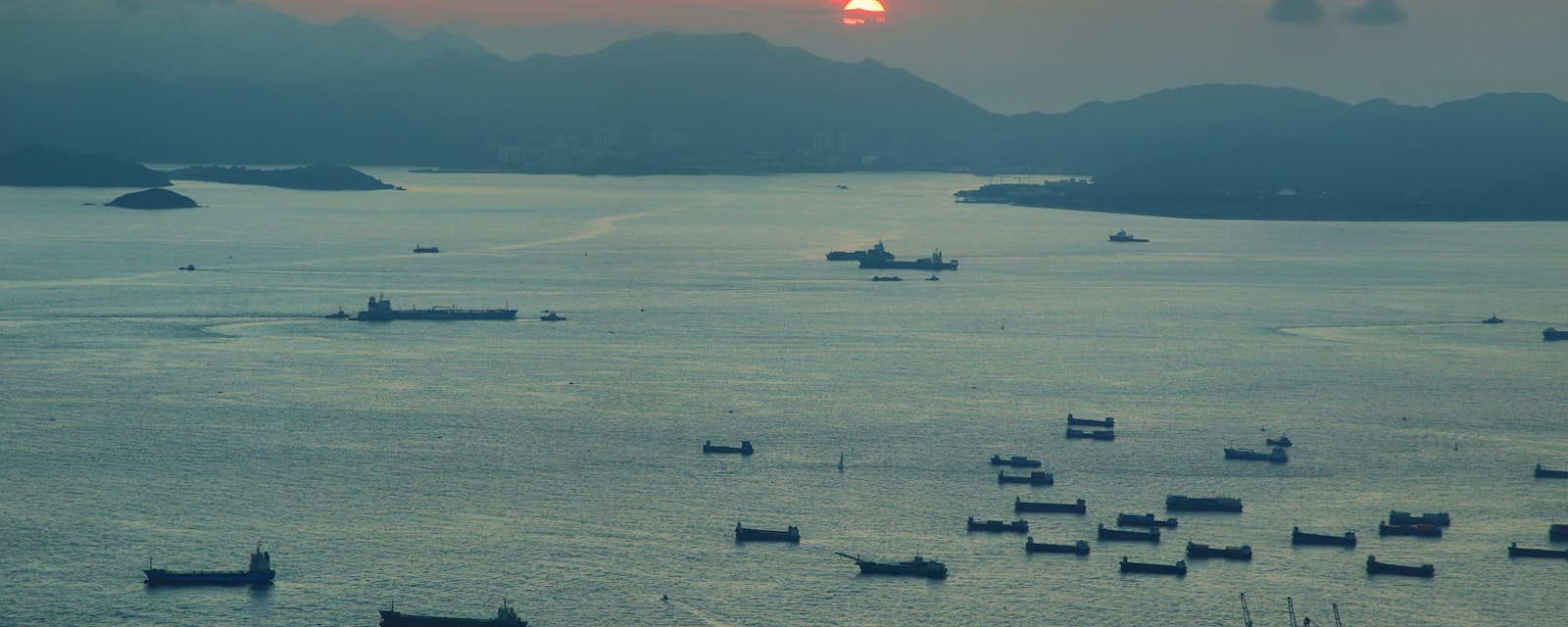Two collisions in disputed waters highlight the longer-term trend of increased assertiveness by both Manila and Beijing in their attempts to assert sovereignty.
The risk continues to be of a miscalculation, not intentional escalation; both sides will try to avoid an "armed attack" that would invoke the US-Philippines Mutual Defense Treaty. The current pattern of controlled provocations by both sides is likely to persist; non-military escalation, such as tit-for-tat trade sanctions, is more likely than armed conflict.
Chinese and Philippine ships collided twice on 22 October as Philippine vessels sought to re-supply a naval outpost at Second Thomas Shoal (also known as Ayungin shoal), roughly 170km west of the Philippine island of Palawan. There were no casualties or damage to either side.
For the past two years, China's coast guard and affiliated vessels have regularly harassed re-supply vessels for the marooned World War 2 ship that is Manila’s primary outpost in the Spratly Islands. Twelve Filipino marines and sailors stationed on the ship rely on these monthly missions for food and other basic supplies. The latest encounter was arguably the most serious since a weeks-long standoff between a Philippine coastguard vessel and China’s maritime militia at Scarborough Shoal in 2012. Beijing appears to have been especially concerned about the recent re-supply mission, which the Chinese coast guard says was carrying construction materials to strengthen the rusting World War 2 landing ship.
Neither Manila nor Beijing wants to be seen as provoking a more serious event — such as a high-speed collision or an exchange of live fire — that causes casualties or serious damage to either side's ships. A pullback over the next few weeks is therefore likely as the two countries assess their tactics. Despite the two collisions, which occurred about two hours apart, one supply boat succeeded in reaching the grounded ship.
Manila's Calculus
The recent events highlight the trend of increasingly assertive maneuvers by the Philippine coast guard and navy in disputed waters, especially around Ayungin. One of the two collisions on 22 October was arguably initiated by a Philippine vessel that crossed the bow of a Chinese ship. Several factors explain Manila's new assertiveness: last year's change in administration, which tilted foreign policy towards the US; the Philippines' newer and more capable ships; and more categorical declarations of support by the US and other Western countries.
The Philippine military has also recognized the helpful publicity that these incidents generate. Philippine forces or accompanying media carefully document the encounters, marking a step up in media sophistication compared to the grainy satellite photos previously used to highlight Chinese activities. For the navy and coast guard, the incidents boosts their credentials domestically as a force willing and able to resist perceived Chinese bullying, after years when ex-president Rodrigo Duterte discouraged such assertiveness towards China.
Manila's main goal is likely to build international sympathy and support by highlighting the Chinese presence, which supports our view that Philippine ships will not want to be seen as the provocateur, limiting their willingness to push. Manila will also be careful to avoid forcing Washington's hand toward intervention.
Beijing's Calculus
Beijing is similarly resorting to increasingly assertive gray-zone tactics to block re-supply of the outpost. In February, Chinese forces fired a military-grade laser at Philippine sailors, temporarily blinding them. In August, a Chinese coast guard ship used a water cannon to chase Philippine supply vessels away from the shoal. In September, China's coast guard installed a 300-meter floating barrier to block access, which the Philippine coast guard removed days later. Near-collisions between Chinese and Philippine vessels have occurred frequently, but the recent incident apparently marked the first actual impact.
Washington has warned that "an armed attack on Philippine armed forces, public vessels, or aircraft" would invoke the 1951 US-Philippines Mutual Defense Treaty. Given this red line, our base case is that like their Philippine counterparts, Chinese forces will exercise a high degree of caution to avoid any action that would be interpreted as an "armed attack." Still, China's coast guard — together with its unofficial "maritime militia," which serves as an affiliated paramilitary fleet — will likely continue using measures short of live fire to harass Philippine supply ships and patrols.
Within this boundary, further escalation could include a full blockade of Philippine supply routes; the firing of live warning shots; or boarding Philippine vessels and detaining crew. Despite both sides' caution, the increased frequency and escalating severity of maritime encounters means that the risk of armed escalation — though still low — has risen.
Non-Military Escalation
The current pattern of controlled provocations by both sides is likely to persist. This pattern suggests that non-military escalation is more likely than armed conflict. For example, a future collision or water cannon incident could unintentionally injure or even kill a sailor. Washington's language on its treaty obligation suggests that such an incident would not trigger US intervention under the treaty. Instead, Beijing and Manila would likely engage in a round of tit-for-tat diplomatic and trade sanctions. In 2012 China cut banana imports from the Philippines after the Scarborough Shoal event.
Prospects for structural de-escalation appear weak. A Code of Conduct would help, but years-long regional negotiations towards that goal have yielded no progress. Meanwhile, US-China military-to-military contacts remain minimal. Washington seeks "guardrails" to prevent maritime escalation, but Beijing regards this objective as tantamount to a license for Washington and its regional allies to engage in ongoing provocations. However, the ouster of former defense minister Li Shangfu, who is under US sanctions, removes one obstacle to resuming military dialogue. An expected meeting between US President Joe Biden and Chinese President Xi Jinping next month at the Asia-Pacific Economic Cooperation summit could also open pathway to such dialogue.





